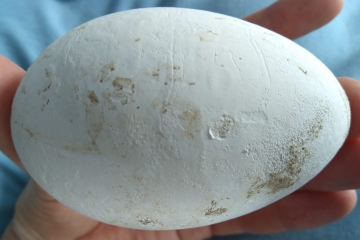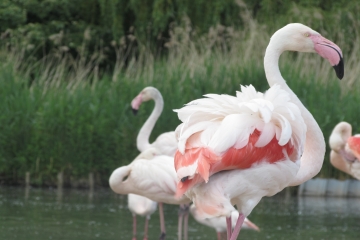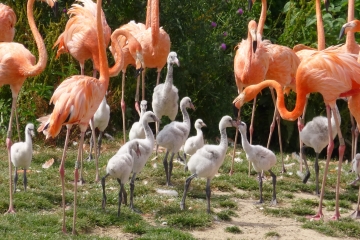How do you make a baby flamingo? The Slimbridge recipe.
So in this instalment you're in for a real treat as I have asked duckery warden and all round "incubation expert" Phoebe Young to provide an insight into how WWT have developed the perfect method for producing happy, health flamingo chicks. Phoebe has also taken some super cute and really quite extraordinary photos of flamingos eggs and chicks to share. So be educated and enjoy!
-------------------------------------------------
At WWT Slimbridge the methods used for breeding and rearing the flamingo flocks are techniques developed over many years of trial and error that are still evolving to this day. Despite this, the bare essential facts are quite simple. It is a simple fact that we want the flamingos to parent rear their chicks. These will be the best fed and most well-adjusted individuals, as well as being far less hassle overall. The key is maximising productivity, maximising egg number, minimising dangers and knowing your birds. In fact, knowing your birds intimately is the most vital component to success because you will know what you can get away with in regards to breeding interference.
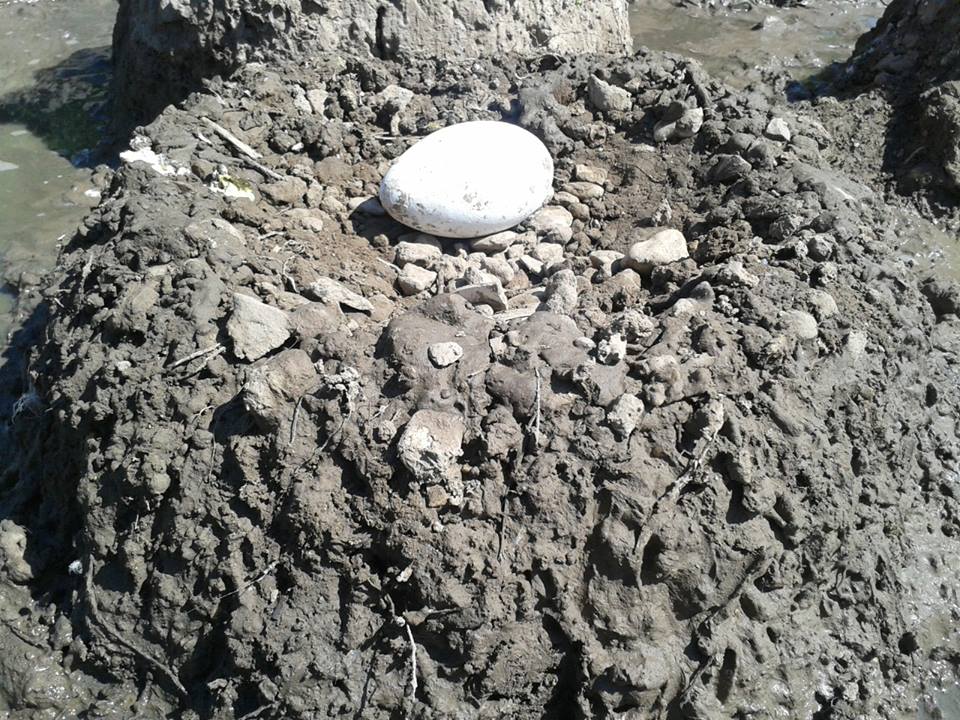
Our ideal scenario is to wood all real flamingo eggs for their full incubation duration, artificially incubating the real egg safe and sound in the Duckery area. These are lifted up to 12 hours from original lay, ideally in the middle of the day so as to avoid disturbing feeding and roosting routines as well as keeping the egg away from direct sun rays. In their place we deposit one of our old fashioned wooden eggs, which have a hole drilled through and a 6 inch nail for affixing the egg to the mud nest. One of the key threats to flamingo eggs (whilst they are on the nest) is not necessarily gulls or egg-eaters, although these are inconvenient, but in fact other flamingos. Many birds experience a strong sense of egg jealousy, and pairs will develop an egg but not bother to make a nest of their own. As a result they resort to a bit of flamingo hockey and will fling other healthy eggs off the top of nests in order to lay their own. When the eggs are wooded and nailed down, these cheeky birds are often forced to lay their badly planned egg next to or near to pre-existing eggs. These "dumps" or "extra" eggs are very exciting additions with our wooding system in place because if they prove fertile they can often be given to infertile nesters. These infertile nesters are often the oldest and most experienced parents that can no longer create fertile eggs of their own. As a result we maximise totals by surrogate rearing the eggs of juveniles by their older counterparts.
When the eggs arrive at the Duckery, they enter a dedicated flamingo incubator. Believe it or not, we still use good old-fashioned Brinsea Poly-hatchers. Flamingo eggs are remarkably versatile by design, having evolved thick chalky shells so as not to boil on the spot in hot sunlight. We find that our natural Severn-valley humidity is just perfect for them. They have two full trays of water in the Poly, and are set at 38.8 degrees centigrade with the thermometer placed 2mm above the top of the tallest egg (contact height) with the turner on. The extra 1.3 degrees accounts for this gap. They do remarkably well within these conditions, and when they go beak up and push into the airspace, you can tell that they are ready to return to their mum and dad because they will start calling. Their call sounds like "Eric!" It is dead cute... At this point they need to return to the nesting island, and so, unless the eggs is a dump it is returned to the nest from which it came, and the thrilled parents interact with their little chick enticing it to hatch within the next 24 to 36 hours.
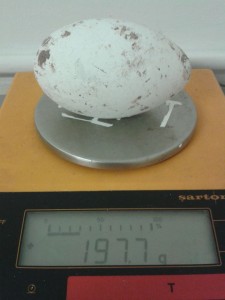
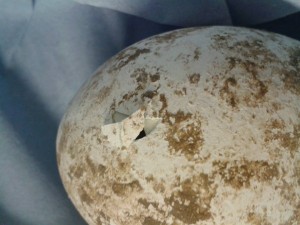
In extraordinary years, if there are lots of interested juvenile pairs looking at and making nests, we will often put out extra wooden eggs. Sometimes these young birds latch on to the fakes and will dedicate themselves to it, incubating as if it were real. In these cases we can choose to take the risk and give one of the fertile hatching eggs to them in order for them to start getting in rearing practice. The original parents to the egg then have their egg removed, and in most cases they tend to second clutch and lay again. If the juveniles don't receive an egg in this way, we often keep them sitting a little while in case of abandonment.
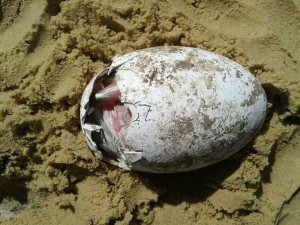
In order to keep the flock calm we try to minimise the disturbance levels. We attempt to collect and deliver eggs and manage tagging chicks all at the same moment. We only ever approach the breeding island from one dedicated path so as not to stress them out during feeding and observation. We try to do it at the same time of day in order to ward off against surprises and abandonment. You might ask why we don't leave them to the whole process? Why do we have to disturb them for success? We estimate that since these techniques were adopted we have increased our average chick totals from around five greaters and two Caribbeans to nearer 20 greaters and 10 Caribbeans. Why do we need this increase? Well flamingos in captivity are not always kept sustainably, more of which Paul can and will continue to tell you.
----------------------------------------------
If you would like to know more about the work of Phoebe at the Duckery at WWT Slimbridge then follow her "duck diary" for more interesting and informative posts. http://www.wwt.org.uk/visit/slimbridge/diaries/phoebes-duck-diary/
